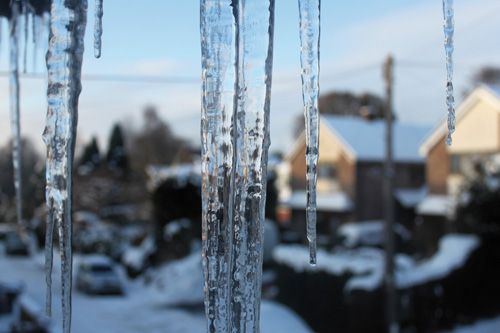

An industry spokesperson is calling on policy-makers to prioritise the mechanical services of both new and existing properties in the UK, following an unprecedented number of callouts relating to frozen drains and pipework earlier in the month.
Worcester Bosch’s Martyn Bridges believes a degree of complacency concerning external pipework may have been to blame for an extremely high number of difficulties arising from frozen condensate pipes.
“The UK hasn’t experienced a cold period like at the beginning of March since the winter of 2009/2010. Therefore, without a constant pattern and threat of sub-zero temperatures, it is understandable that some installations will have the condensate pipe run externally for ease, despite an internal termination being possible. As the freezing temperatures rolled in, many homeowners were left unprepared. You only have to look at the thousands of homes still relying on deliveries of bottled water to see how serious the effects can be.”
Martyn is particularly concerned about the number of homes still relying on externally run condensate, despite regulations launched in 2014 mandating internal routing and only allowing externally run pipework as a last resort.
“Furthermore, the implementation of Boiler Plus, while highly beneficial to energy efficiency, will increase the levels of condensate generated by the boiler and subsequently the condensate pipework. This could increase the likelihood of freezing during the winter even more.”
Martyn is now calling on policy-makers to ensure that all building regulations, standards and policies are aligned to prioritising the mechanical services of the home. This, according to Martyn, would include actions such as the compulsory allocation of almost a “plant room” to new-builds, therefore making internal pipework actually happen. He explains: “Our dilemma though, is still existing homes, where too often the pipework has been run externally when an internal option was available. At the least, the conditions of external runs need to be more closely monitored such as ensuring the gradient is as vertical as possible or trace heated to help make it more resilient.
